Paprika vs Smoked Paprika: A Spicy Showdown with Flavor Fireworks!
Description
Table of Contents
- Introduction
- What is Regular Paprika?
- What Makes Smoked Paprika… Well, Smoked?
- Key Differences Between Paprika and Smoked Paprika
- How to Use Each Like a Spice Rockstar
- Pro Tips for Cooking with Paprika Varieties
- Pairing Suggestions for Maximum Flavor Impact
- Storage Secrets: Keep Your Paprika Fresh as a Chili Pepper
- Common Myths About Paprika Debunked
- Conclusion: Which One Deserves Cabinet Space?
Introduction
Spices are like the superheroes of flavor—they swoop in and rescue bland dishes from mediocrity. But sometimes, they can also cause confusion. Case in point: regular paprika and its smokier sibling, smoked paprika.
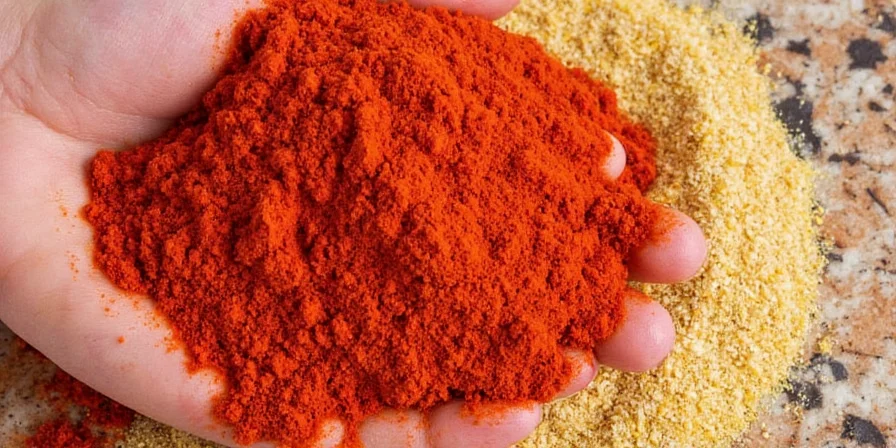
In this post, we’re going full CSI on these two red powders to help you become a more confident cook, baker, and general flavor wizard.
What is Regular Paprika?
Regular paprika comes from ground dried sweet peppers. Depending on where it’s produced, the flavor can vary from sweet and mild to slightly spicy.
- Originates from Hungary or Spain
- Mild heat level (unless specified otherwise)
- Sweet, earthy, and sometimes fruity notes
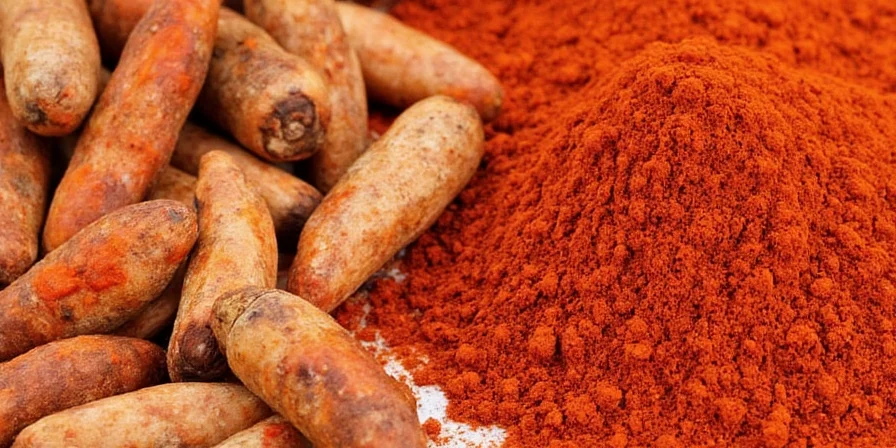
It’s often used to add color and a subtle warmth to dishes without overwhelming the palate.
What Makes Smoked Paprika… Well, Smoked?
Smoked paprika isn’t just regular paprika with a little extra attitude—it’s made by drying peppers over oak wood fires before grinding them into powder.
- Traditional method involves slow-smoking
- Darker red, richer aroma
- Smoky depth with varying heat levels
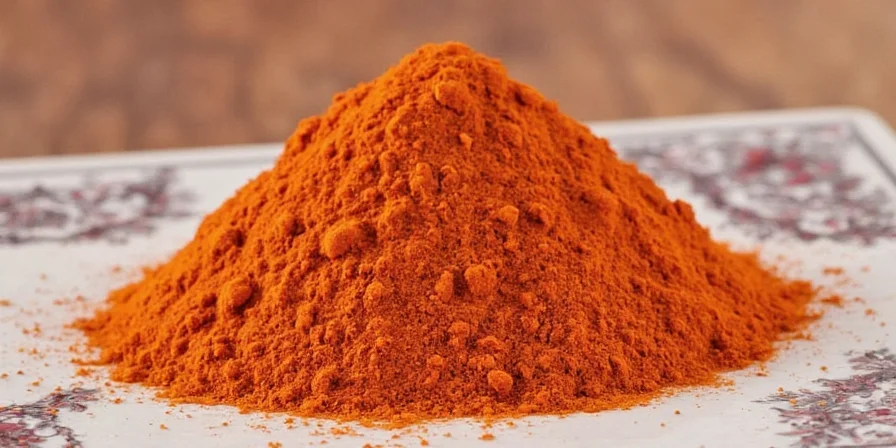
This gives it that campfire-like richness that can turn a simple tomato soup into a memory-laden comfort dish.
Key Differences Between Paprika and Smoked Paprika
| Feature | Regular Paprika | Smoked Paprika |
|---|---|---|
| Taste | Sweet, earthy, mild | Smoky, rich, complex |
| Heat Level | Mild to medium (varies by brand) | Mild to hot (varies by type) |
| Color | Bright red | Deep mahogany red |
| Aroma | Subtle pepper scent | Woody, BBQ-like scent |
| Best For | Color, subtle seasoning | Depth, boldness, barbecue vibes |
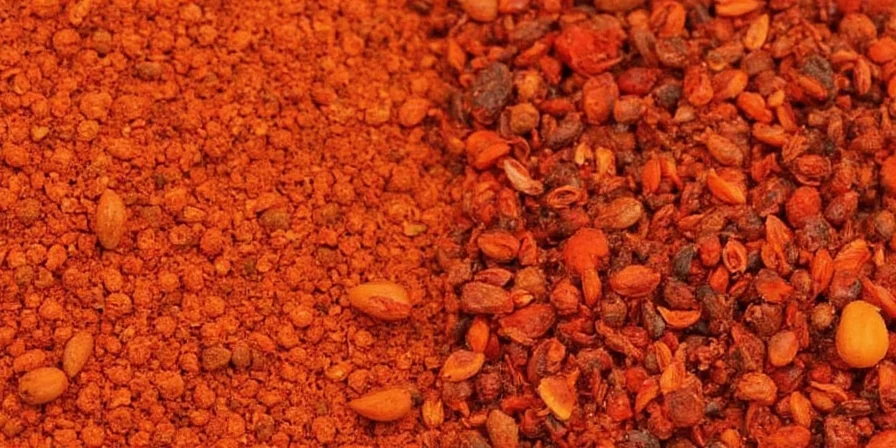
How to Use Each Like a Spice Rockstar
Regular Paprika:
- As a garnish on deviled eggs
- In Spanish or Hungarian stews like goulash
- To season roasted potatoes or chicken
- In spice blends like za’atar or Old Bay
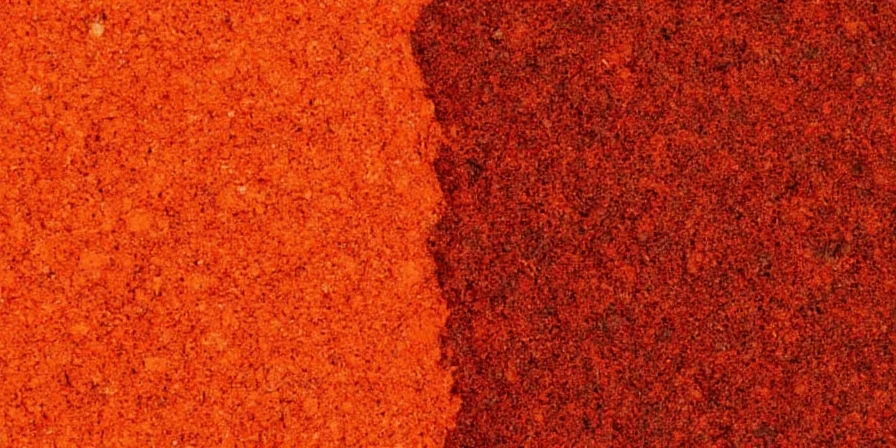
Smoked Paprika:
- In paella for that signature depth
- On grilled meats or barbecue rubs
- To jazz up lentil soups or shakshuka
- In aioli or chipotle mayo for sandwiches
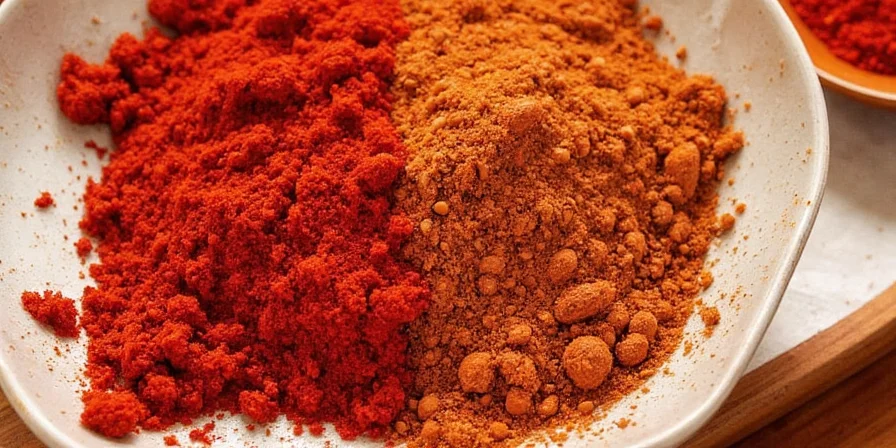
Pro Tips for Cooking with Paprika Varieties
- Bloom It First: Toast paprika briefly in oil or fat to unlock its aromatic potential.
- Add Early or Late? Regular paprika holds up well during long cooking; smoked paprika shines when added near the end.
- Don’t Burn It: Both varieties can get bitter if scorched, so be gentle with the heat.
- Experiment: Try using half and half for dishes that need both color and complexity.
- Go Global: Use smoked paprika in Indian curries or mole sauces for an unexpected twist.
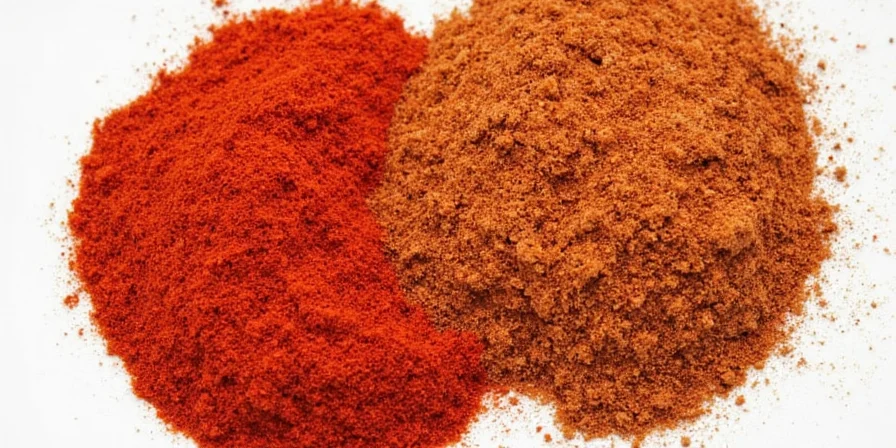
Pairing Suggestions for Maximum Flavor Impact
With Regular Paprika:
- Goes well with garlic, cumin, and lemon zest
- Enhances rice, tomatoes, and poultry
- Complements creamy textures like sour cream or yogurt
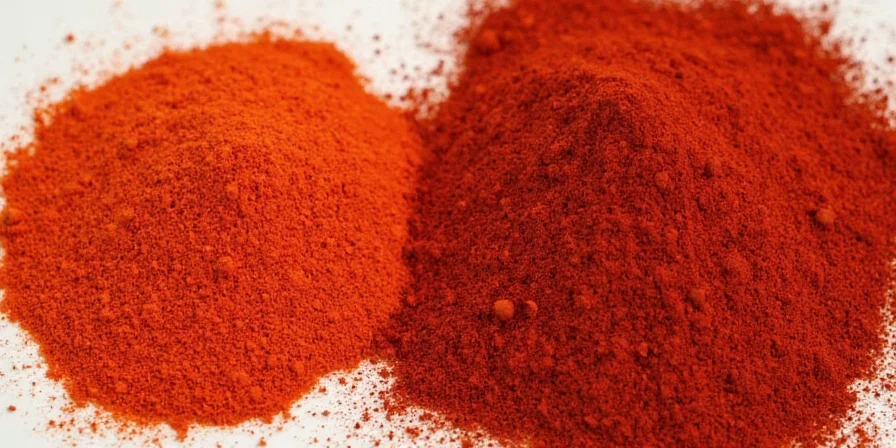
With Smoked Paprika:
- Team it with chili flakes, thyme, and balsamic vinegar
- Lends magic to beans, pork, and grilled veggies
- Great in combination with bacon, mushrooms, and cheese
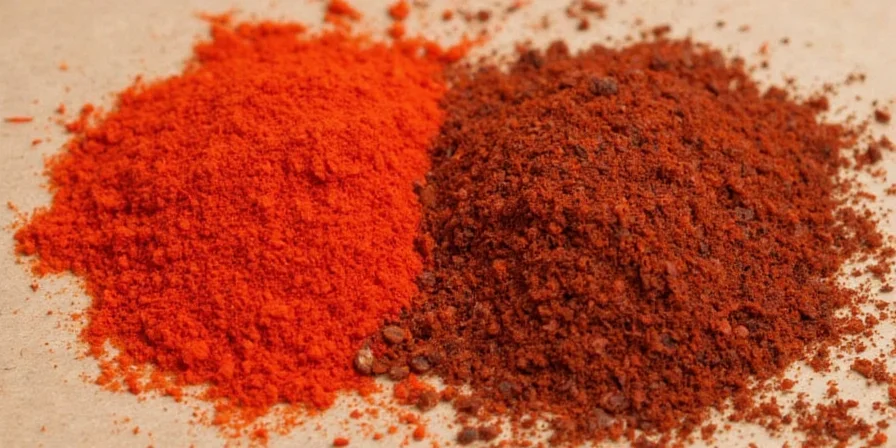
Storage Secrets: Keep Your Paprika Fresh as a Chili Pepper
Both types of paprika should be stored properly to preserve their vibrant color and fragrance:
- Keep in an airtight container
- Store in a cool, dark place—avoid direct sunlight
- Replace every 6–12 months for peak potency
- No need to refrigerate unless you live in a very humid area
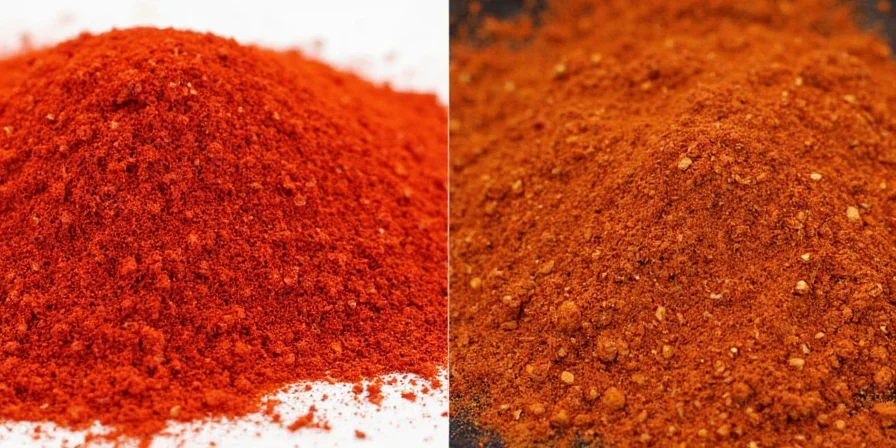
Common Myths About Paprika Debunked
- Myth: All paprika is sweet.
- Reality: Some varieties, especially Spanish ones, can pack a punch.
- Myth: Smoked paprika always burns easily.
- Reality: When cooked gently, it adds amazing depth without bitterness.
- Myth: You only use paprika in Spanish dishes.
- Reality: It’s incredibly versatile across global cuisines.
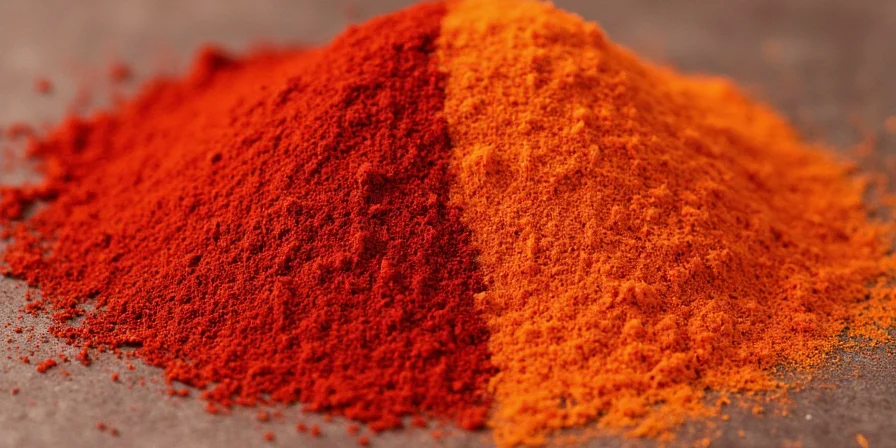
Conclusion: Which One Deserves Cabinet Space?
Let’s settle this once and for all: there’s no clear winner because they play different roles in the spice orchestra. Regular paprika is your go-to for subtlety and brightness, while smoked paprika steps in when you want to bring the drama.
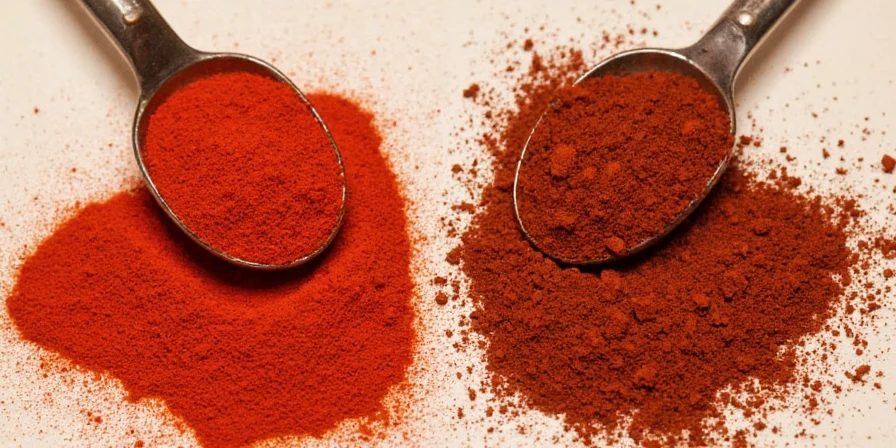
If you only have space for one, smoked paprika offers more versatility and flavor punch. But why choose? These two work best together, like salt and pepper or bread and butter. Keep both handy and elevate your everyday cooking with every sprinkle.

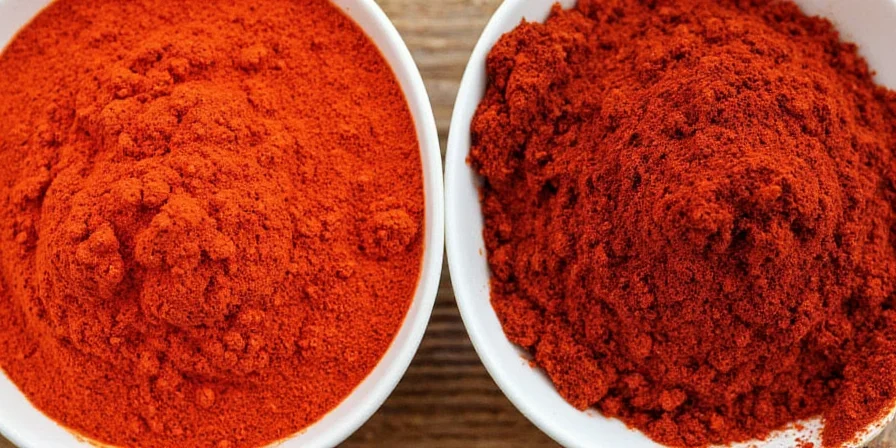









 浙公网安备
33010002000092号
浙公网安备
33010002000092号 浙B2-20120091-4
浙B2-20120091-4